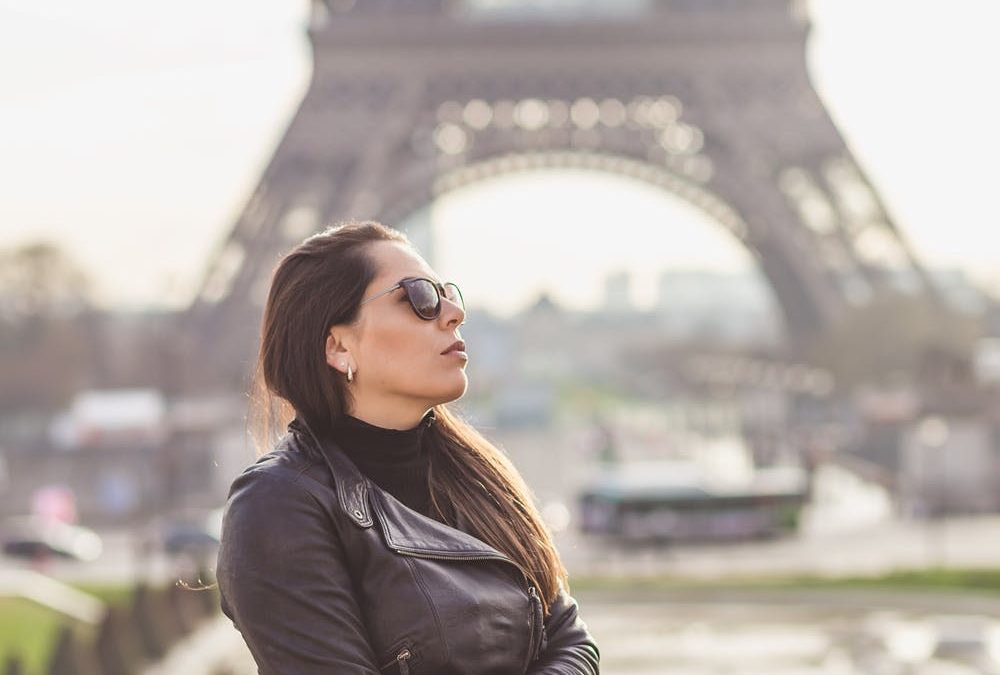Are you thinking about adding a leather jacket to your wardrobe? With origins dating back to the early 20th century, it’s a classic form of outerwear that’s all-but-guaranteed to withstand the hands of time. While other jackets come and go according to mainstream fashion trends, leather jackets have remained a popular choice for over a century. Unless you’ve owned or worn one, though, you may have some questions about leather jackets.
Leather Jacket Colors: What You Should Know
When leather jackets were originally created during the early 1900s, they were constructed in traditional colors like black and brown. It wasn’t until several decades later when companies began making them in alternative colors. Today, you can find leather jackets in dozens of different colors, some of which include the following:
- Black
- Brown
- Red
- Yellow
- Gray
- Green
- Olive
- Gold
- Beige
- Orange
- Teal
- And more…
Choosing the Right Color
So, what color leather jacket should you choose? It really depends on your personal preference. The color of your leather jacket won’t affect how it feels when worn. Rather, it will only affect the jacket’s appearance. But you should still choose a color that works for your personal style.
A good rule of thumb to follow when shopping for a leather jacket is to choose a color that matches the shoes or boots with which you intend to wear it. If your favorite pair of shoes are black, for example, you should choose a black leather jacket. On the other hand, if you prefer wearing a pair of brown boots, choose a brown leather jacket. Matching your leather jacket with your footwear will help you create a more cohesive outfit that enhances your appearance.
The Different Materials Used to Make Leather Jackets
Leather jackets are made using a variety of materials. First, it’s important to note that some leather jackets aren’t even made of real leather; they are made of a synthetic leather-like material known as faux leather. To the unsuspecting shopper, faux leather jackets look like the real deal. If you inspect them up close, however, you’ll discover that they lack the qualities and characteristics of real, genuine leather. Faux leather jackets have a rougher texture with a stronger, less-pleasing aroma than their genuine counterparts.
Keep in mind that leather jackets, even if they contain genuine leather, may feature different types of leather material. Corrected-grain leather, for example, is an inexpensive type of leather that’s characterized by refinishing of the surface. The surface of corrected grain leather is typically buffed or sanded to create a smoother texture.
There’s also full-grain leather, which is classified as one of the best all-around types of leather. Full-grain leather is characterized by the presence of the original, entire grain. Unlike corrected-grain leather, the surface of full-grain leather isn’t buffed or sanded. Rather, it’s left whole. Jackets made of full-grain leather tend to cost more than those made of corrected-grain leather, but they also look better and even feel better than their lower-quality counterparts.

Leather Long Coats Explained
Traditionally, leather jackets are designed with a standard length that stops at or around the waist. As shown above, it’s a classic length that allows you to wear the leather jacket year-round. But you’ll find leather jackets available in other lengths, such as leather long coats. Available here at LeatherCult, leather long coats have a longer length than traditional leather jackets. While traditional leather jackets usually stop at or around your waist, leather long coats can extend past your knees.
If you’re planning to wear your leather jacket during the summer, you may want to stick with a traditional length. But if you’re planning to wear it during the fall or winter — or even early spring — a leather long coat may be a smarter choice. With its long length, a leather long coat will offer a greater level of protection from the cold weather.
Quilted Leather Jackets Explained
Another unique style in which some leather jackets are constructed is quilted. Quilted leather jackets are made of the same leather material as other leather jackets. The difference, however, is that they feature a quilted design in which a grid-like arrangement of small “pockets” are formed. Why should you choose a quilted leather jacket? Well, the unique quilted design makes them ideal for the cold fall and winter months. Each of the pockets on a quilted leather jackets serves as insulation, essentially trapping your body heat to keep you warm and comfortable.
Buttons or Zipper
Leather jackets are typically designed with one of two types of fasteners on the front: buttons or a zipper. Using either of these fasteners, you can open or close the front of your leather jacket. When you’re hot, for example, you can unbutton or zip down the front of your jacket. And when you’re cold, you can button or zip up the front of your jacket.
With that said, you should inspect the buttons or zipper when shopping for a leather jacket. If the jacket has buttons, check them to see what they are made of and how they are attached to the jacket. If the jacket has a zipper, make sure it functions properly by zipping it up and down a few times.
Caring for Your Leather Jacket
To make your leather jacket last, you need to care for it. Leather jackets require minimal work to maintain, but you’ll still need to clean and condition it on a regular basis. There are leather soaps and detergents which which you can use to clean your leather jacket. Alternatively, a small amount of dish soap will suffice. When your leather jacket gets dirty, use a damp washcloth with a small amount of a cleaning solution to blot it clean.
Along with cleaning, you should also condition your leather jacket. Conditioning involves the application of saddle soap or a similar leather conditioner that moisturizes and hydrates the leather material.

